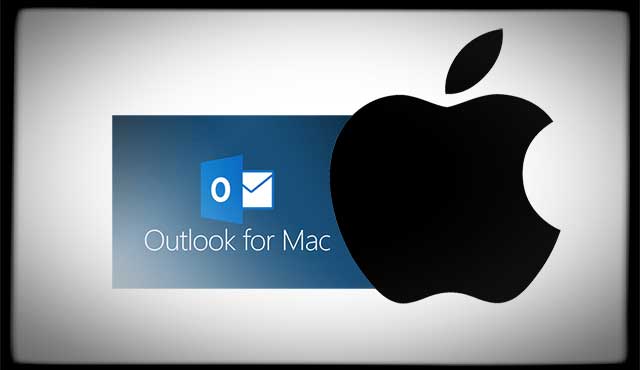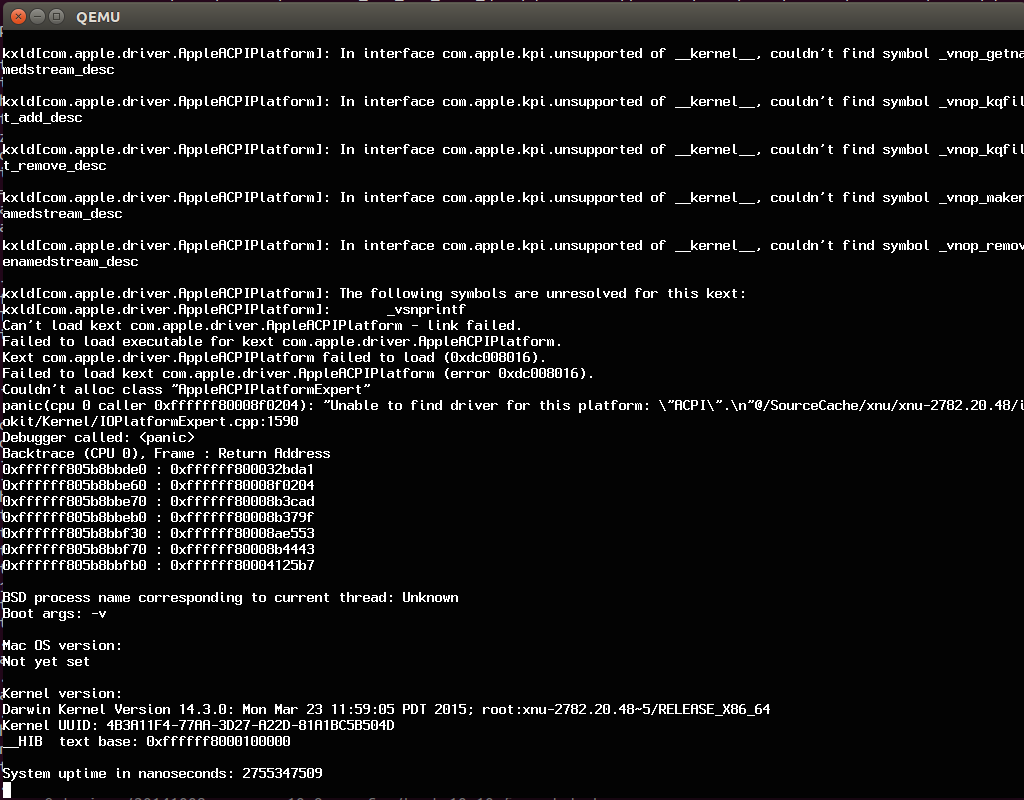
- #Mac runs slow on yosemite how to
- #Mac runs slow on yosemite software
- #Mac runs slow on yosemite password
- #Mac runs slow on yosemite download
- #Mac runs slow on yosemite free
If this is the case, you can head to the System Preferences window, click the “Security & Privacy” icon, click the “FileVault” heading, and turn FileVault disk encryption off. On some Macs, this may cause the Mac to be very slow to boot or sign in.
#Mac runs slow on yosemite password
It also prevents people from changing the password on your Mac and signing in without your permission. This helps secure your Mac’s files if it’s ever stolen, preventing unauthorized access to them.
#Mac runs slow on yosemite how to
RELATED: How to Encrypt Your Mac's System Drive, Removable Devices, and Individual FilesįileVault disk encryption is enabled by default on Mac OS X Yosemite. If you can get away with using Safari and aren’t depending on a feature or extension in Chrome, for example, you might want to give it a serious try. You might also want to try the Safari browser included with Mac OS X, which does seem to perform better than Chrome - especially when it comes to battery power. Try to minimize the number of browser extensions you use and have fewer tabs open at once to save memory and CPU resources. The usual tips apply on a Mac, too - especially considering Google Chrome’s performance is particularly bad on Mac OS X. Your web browser might just be the application causing your problem. You might also want to click the “Dock” preferences icon and select “Scale effect” rather than “Genie effect,” which could speed up the window-minimizing animation a bit. On OS X Yosemite, this option can significantly speed up some older Macs. Click the “Accessibility” icon and check the “Reduce transparency” option to reduce transparencies. To do this, open the System Preferences window. Reducing them can help speed things up - it’s worth a shot. Transparency and animations can tax the graphics hardware on older Macs. RELATED: How to Disable Window Transparency in macOS
#Mac runs slow on yosemite download
Just download and run CleanMyMac 3, and then head into Extensions -> Launch agents to clean up the junk.

If you constantly have tons of stuff running that you don’t remember starting, you might have a Launch Agent problem.

#Mac runs slow on yosemite software
One of the hidden features in CleanMyMac 3 is that it can clean up Launch Agents, which are tiny helper applications that run secretly in the background and start other software automatically without you knowing. If you ever want to make a program automatically start when you log into your Mac, drag-and-drop it into this list or click the “+” button at the bottom of the list and add it. To manage startup programs, open the System Preferences window by clicking the Apple menu icon and selecting “System Preferences.” Click the “Users & groups” icon, select your current user account, and click “Login Items.” Uncheck any applications you don’t want starting when you log in. If your Mac is slow after you log in, it may have too many startup programs. RELATED: Mac OS X: Change Which Apps Start Automatically at Login Look for the applications marked with a dot on your dock, right-click or Ctrl-click their icons, and select “Quit.” However, if your Mac appears to be running slowly, you may wnt to close some of these applications. Even clicking the red “X” button on an application window won’t close it - it’ll remain running in the background. Mac OS X likes to leave applications running in the dock.

Try the “Disk” section, too - a process using the disk heavily could also be causing your Mac to slow down. You can also click over to the Memory section - a process using a large amount of memory could cause your Mac to slow down. If this isn’t working, click the “View” menu and select “All Processes” to see all the processes running on your Mac. You can always try to close a resource-hungry app in the normal way first. Be sure you aren’t quitting a process that’s doing something important. To force-quit a process, select it by clicking it and click the X button on the toolbar. In some cases, there may be a single runaway application using 99% CPU that you’ll want to end.

To launch it, press Command+Space to open Spotlight search, type Activity Monitor, and press Enter.Ĭlick the “% CPU” heading to sort by CPU usage and see the running applications and processes using the most CPU. Use the Activity Monitor - sort of like the Task Manager on Windows - to view your running processes and find ones devouring too many resources. RELATED: How to Force Quit Applications on Your Mac When They're Not Responding
#Mac runs slow on yosemite free
Some “cleaning” programs - like the Mac version of CCleaner - can remove temporary files and free up space, but they won’t make your Mac perform faster. Stay away from programs that promise to “optimize” your Mac and make it run faster. As with a Windows PC, there are many reasons a Mac might be slow. If your Mac seems to be running slower than it should, the variety of tips here should help you identify and fix the problem.


 0 kommentar(er)
0 kommentar(er)
